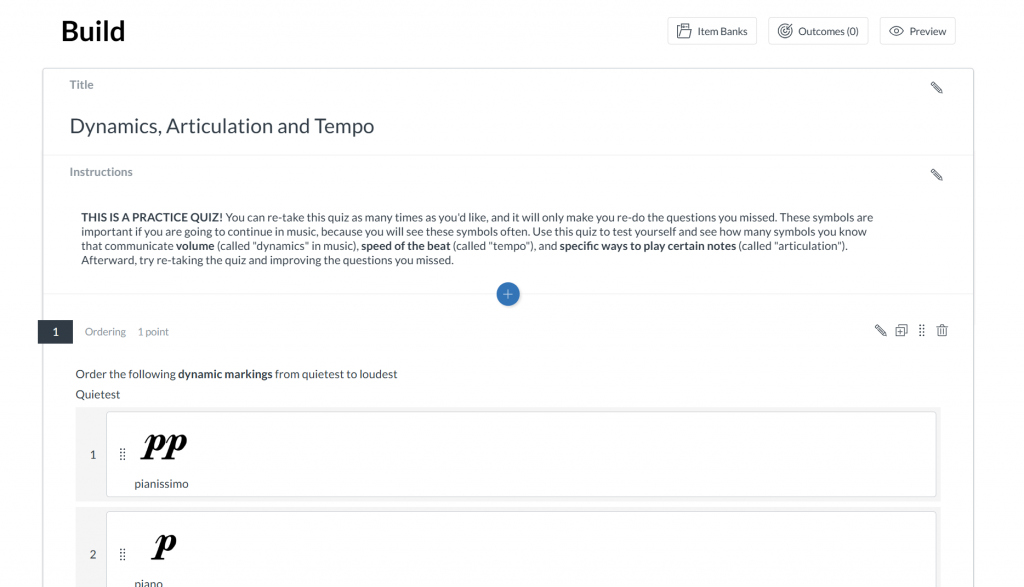Classroom Culture
Music is a collaborative process that takes teamwork and buy-in from all the performers to be effective to an audience. For this to occur, music ensembles need to start with a positive and open mindset and a team-oriented attitude, and that is the guiding principle behind each music group that I lead at EPS.
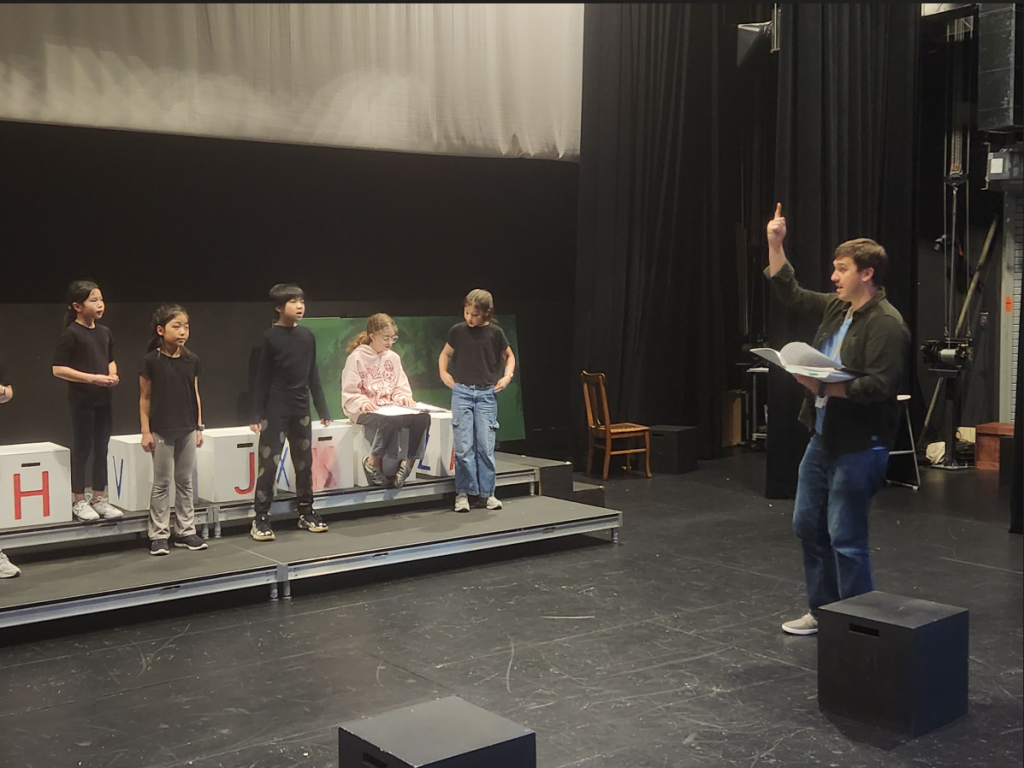
Below are notes from my PDP team members, observing the classroom culture I have created in a variety of settings.
Behavior Expectations
- Posture reminders for students
- Standing and organizing students in preparation for performance
- All expectations are modeled before having students do the action/behavior
- Started with a circle in some classes, helps bring community/class together
- Breathing exercises and warm ups
- Normalizing voice changes
- Identifying challenging parts of songs
Peer-to-peer dynamics
- Students worked together with a song
- Students with a group member that struggled to engage reinvited the student for the activity
- Some students showed up as leaders in their level of experience
- Helps students develop warm-up routines that they can run without guidance
Relationship with students
- Students in 5/6 choir wanted to do solos and duets, they felt comfortable with asking Luke for it
- Quality of authenticity with students
- Balance of instruction, engagement, and authenticity with kids
- Willing to accommodate students variety of levels and giving appropriate feedback
- Luke is able to understand the student’s need to learn and empathize with them
- Luke is able to engage at the beginner level like a student, include the fun bits
- Learning is a life long process, this is modeled regularly in classes
- Students that struggle with other classes and/or anxiety are doing well in music
- Starts w a greeting and thumb-o-meter energy level check (medium to low was the general mood)
- Welcome question: What is a meal memory you’ve had recently that sticks out in your mind for whatever reason? Encourages everyone to share.
- Student sharing went beyond just being perfunctory: students were happy to share and to go into detail about their food experiences.
- When Luke couldn’t hear, he asked student to repeat (demonstrating investment in what the student has to say)
Cultural Competence & Inclusivity
- Students with neurodiverse learning tend to find success in music
- Normalizing voice change
- Students engage in whole group, small group and partnerships
- Rock vocal studio, 7/8 choir- Luke gives them more music than can be performed, and students can weed out the songs
- Music comes from many time periods, genres and cultures
- Luke pics music with a mix of pop, classical, theater and folk
Student Preparedness, Engagement, Self-advocacy, Perseverance, Collaboration
- Students are constantly engaged
- There are many routines and schedules set in place for the class
- Past, present, future style agenda
- There is always a social element in the beginning of the class – sometimes it’s a question or a convo
- Good redirection with the students when they are wanting to go off on a tangent
- Collaboration has students working with each other in the vocal classes
- Building perseverance through teaching students to learn to read music, rather than sing to a song they hear
- “Sing it without hearing it first”
- Giving students opportunities to compete or play games against each other.
- Competition – Shared that he wanted to give them a challenge by using eyes; discussed strategies they can use – teamwork! (12 min)
- Marissa/Atlas from T2 asked for help at piano
- LS gave them hint on the board
- LS checked rhythm with individual groups
Class Design & Implementation
Clear beginning of class with objectives, sequence
- Welcome question and schedule are always written on the board
- The snow day impact was addressed in the intro to strings class
- Rock vocal studio – there was a clear tie in with what the students experienced with what artists came before and what will be coming after
- Sets up class and objectives during the day are clearly defined
Varied Activities in each class
- Rock vocal studio: cool technology use with recording voices, using TALI 005
- Students in winds and strings classes have a variety of activities
- Group scales
- Whole group practice
- Individual practice
- Partner/small group practice
- Students performing at events during and out of the school day
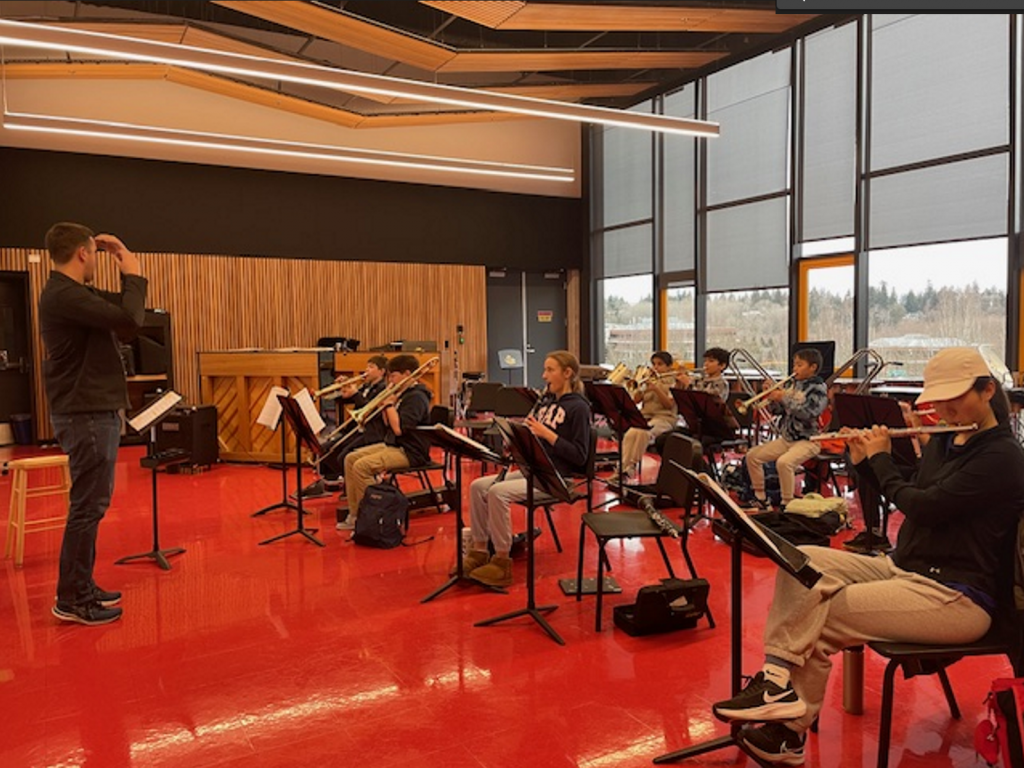
Closure and transitions between activities
- Lots of check in’s with students
- Thumbs up, fist to five
- Comfortability check ins
Ensuring effective technology use
- In strings students instruments are needing tuning and repairing
- Students in Rock vocal studio use technology tools for creating material/songs
Conclusion of class, tie-in to next class
- Conclusion less relevant for the music classes
- There may be some room for improvement here for intro to wind and intro to strings classes so students can see what is coming next
Differentiated Instruction
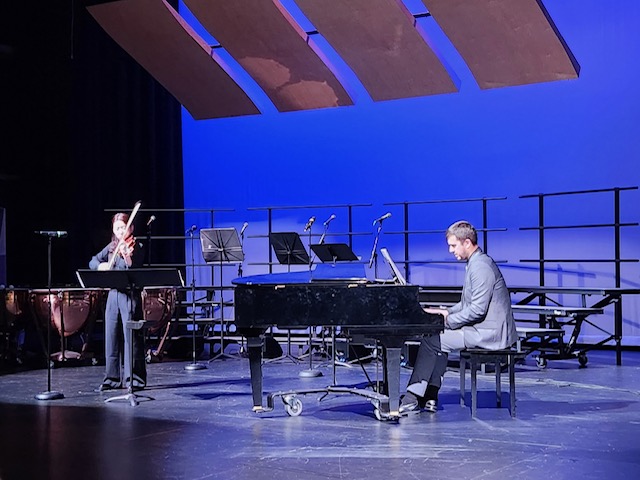
Considers each student’s learning profile
- [Luke] helps students through difficult pieces of music.
- Student performing at a high level right next to a kid that barely knows how to hold the instrument.
- In digital music studio – student have a variety of experiences. 3 levels of assignments can be created
- Can students be empowered to lead their journey in instruction?
Designs activities and assignments for a diverse group of individuals
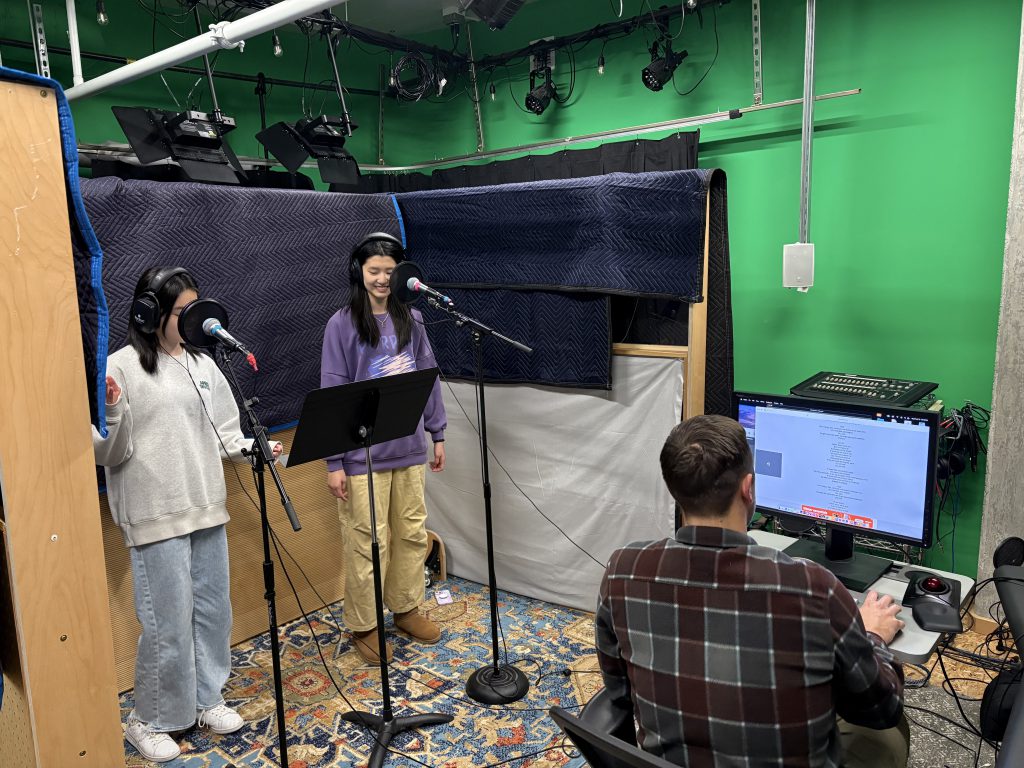
- Other students helped redirect one particularly fidgety student
- Starts w a greeting and thumb-o-meter energy level check (medium to low was the general mood)
- Welcome question – differentiation
- During dissonant warmup, circulated to check in with students.
Each student can contribute in each class
- Classroom community seems comfortable asking each other questions, raising hands.
- In vocal rock studio – there is some type of performance and students can do a class performance, sound bites or a mini concert.
- In the other music classes – students do a performance with parents
- Students get practice time in class, so they don’t have to take their instrument home. Students will pair up and work together
Provides alternative explanations
- Uses video and song lyrics at the same time for students
- When talking about music genre, comparison of different decades that listen to the same style
- Different ways to engage in the music
- Listening to music
- Making music
- Discussing music with academic language
- Writing their own music
- Students were being pulled for one-on-one meetings, one student was not at the level that the rest of class was at so they were not pulled for the same type of presentation. Gave the student an opportunity to show their learning in another way by encouraging or offering a different way of presenting. When students doing get it the first time, they are able to be scaffolded or presented information in a different way.
- Luke circulates to each student for a quick playtest. While quick, it is very specific and targeted. Clear questions. Encouraging for correct answers. Conveys appreciation for what students have learned.
- Shifts the 1-by-1 to having students go back and forth for the play test. In part, this saves time, but it also encourages students to listen to each other and play together. Community in the room seems well supported.
- After being checked on, one student continued to practice and then declared that he’d figured something out that he’d been working on. He seemed proud to have demonstrable progress and continued to practice to solidify the skill.
- Small adjustments encouraged: the incremental approach means that students have very manageable challenges to work on and feel both challenged and a sense of accomplishment.
- Students engaged in the task they were given during practice time (to learn a song with an A and with a B) while Luke circulated to others. This extended engagement (no running around, no tech out, no side conversations) demonstrates that students know what’s expected and take the class seriously, enjoy plugging in the info they just received to get to the next challenge.
Adapts instruction with formative assessment
- Uses quizzes/assignments in canvas to see what students are missing from the instruction (see image below)
- During class, students are given real time feedback with what they are struggling with and when they are ready to move on to the next level
- Intro Instrumental Classes: Uses playtest as a formative moment to suggest next steps based on student’s current progress
